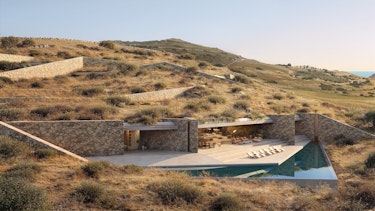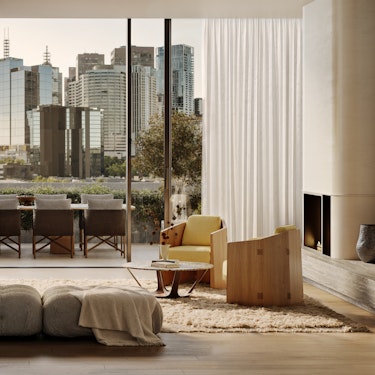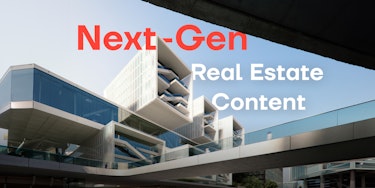In traditional real estate visualization, content production followed a largely linear path: brief, model, render, revise, deliver. This approach is time-intensive and rigid, especially when applied across large portfolios or rapidly evolving projects. By contrast, next-gen content are modular, allowing teams to segment workflows, parallelize tasks, and automate repetitive processes.
AI Tools: Automation with Intention
The introduction of AI and machine learning into visualization has raised both excitement and concern. Can AI compose a scene? Style an interior? Generate marketing visuals? The answer: yes — but not without oversight. Used correctly, AI tools are accelerators, not auteurs.
AI is most effective when used to assist with environmental generation, asset relinking, and scene variation. But all final compositions must pass through a human creative director. From camera framing to emotional tone, these decisions are anchored in brand strategy, audience insights, and architectural intent.

Creative Direction
The speed and flexibility enabled by cloud and AI technologies must orbit a central gravitational force: creative direction. Without it, even the most technically advanced pipeline risks producing work that feels templated, lifeless, or disconnected from the project’s narrative.
Creative direction begins long before rendering. It starts with deep research into project location, demographic trends, language design, and market positioning. Moodboards are curated not as a reference exercise, but as an emotional brief. Story arcs are developed visually — what does arrival feel like? What moments define daily life here? What time of day tells the most compelling story?

These are not decisions an algorithm can make. They require cultural literacy, architectural understanding, and visual sensitivity. While AI might predict the most "engaging" lighting setup, it cannot know which lighting setup captures the ethos of a waterfront development or the calm of a hillside retreat. These are curated choices. Intentional moments.
For instance, a mixed-use development targeting both domestic buyers and international investors may require entirely different visual narratives. Domestic imagery might emphasize community, warmth, and everyday lifestyle. International-facing visuals may lean toward luxury and aspirational living. This divergence in tone is driven not by technology, but by strategic creative decisions.

The real estate industry is at a crossroads in visual content production. On one path lies speed, enabled by automation and cloud infrastructure. On the other lies storytelling, driven by human creativity and brand alignment. The most forward-thinking studios are not choosing between these paths — they are building bridges.
Hybrid pipelines that integrate AI, cloud rendering, and creative direction allow for both scalability and specificity. They create space for volume without surrendering quality. They empower artists to focus on intent, while systems handle the infrastructure. For developers seeking to communicate more with less time, and for marketers aiming to differentiate in saturated markets, this model is not just efficient. It's essential.
